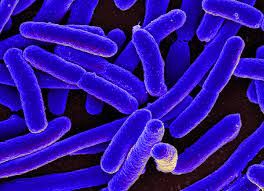Can E.coli Be Used to Detect Heavy Metals in Water?
Published on by Water Network Research, Official research team of The Water Network in Academic
 Could you discuss the newly developed E. coli-based water monitoring system?
Could you discuss the newly developed E. coli-based water monitoring system?
The metabolic stress response of E. coli has differing chemical signatures from different metal toxins and varies with exposure concentration. Thus, analysis of this data allows us to quantify metal type and concentration.
 How does this system compare to existing technologies?
How does this system compare to existing technologies?
The system’s limit of detection and quantification compares with inductively coupled plasma-mass spectrometry, which requires complex infrastructure and a cost in excess of $200,000. Our developed sensors be used with a portable, tabletop spectrometer, which costs approximately $1000.
What key technical components, such as the use of gold nanoparticles, enabled the system to have such a high specificity and speed of detection?
The self-assembly process defining surface chemistry and inter-particle spacing of gold nanoparticles, developed by Ragan, produces billion-fold signal enhancements that allow us to reach ultralow detection limits.
What role does the algorithm play in the water monitoring system?
The algorithm is used to understand the complex cascade of chemical signals detected and is analogous to recognizing a fingerprint for individual identification. As a result, the algorithm enables automated analysis.
What are the next steps for this investigation?
In the future, we hope to demonstrate that the technology can be used to detect other metal toxins.
Taxonomy
- Heavy Metal Removal
- Heavy metals